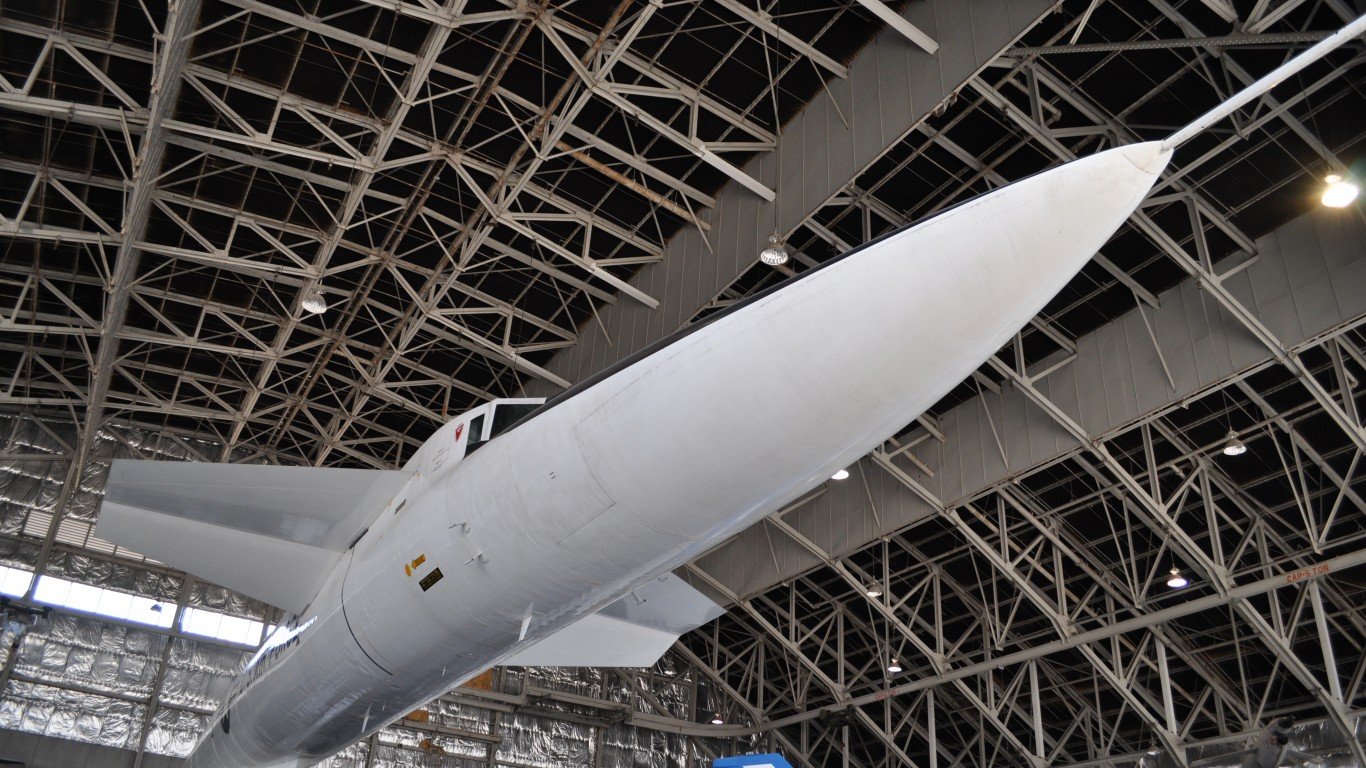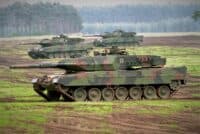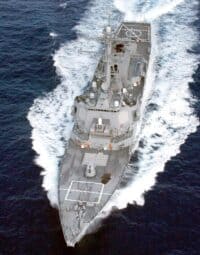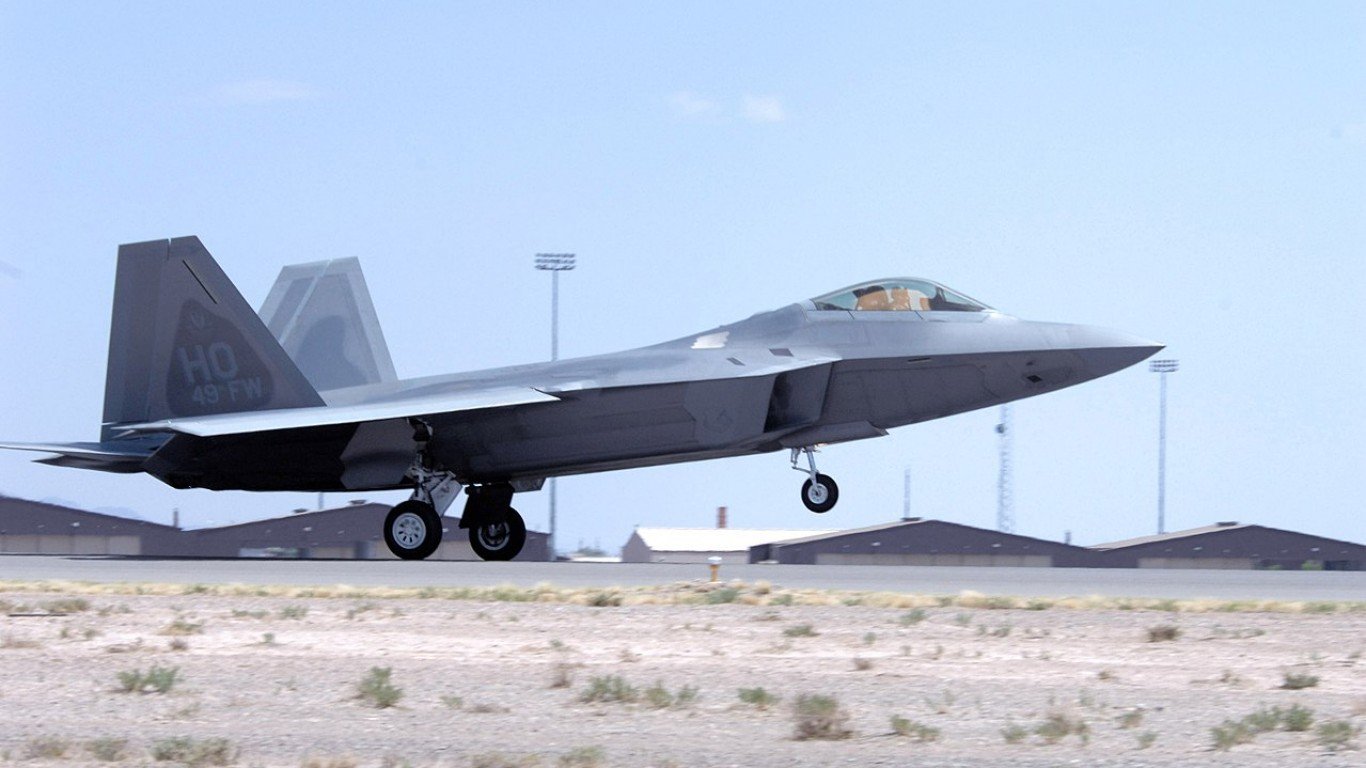

Supersonic aircraft has the ability to elude enemy radar detection while also being difficult to intercept. In 1947, the Bell X-1 became the first airplane to achieve supersonic flight. This rocket-powered research plane of the US military attained speeds approaching 1,000 mph. There have been over 200 different models of supersonic warplanes since. (These are the world’s fastest fighter jets.)
Many countries utilize supersonic flight in their military. Supersonic warplanes have been used as strategic bombers, strategic reconnaissance, fighter/attack jets, and research aircraft. Many more military supersonic airplanes are under development. The cheapest warplane on the list cost $10 million to produce, and the most expensive cost $750 million. (Here is the weapon the US military spends the most money on.)
24/7 Wall St. reviewed data from the aviation resource Jetify to determine the warplanes that can fly faster than the speed of sound. Also called Mach 1, the speed of sound is about 717 mph, but the exact speed changes depending on the temperature and pressure of the surrounding air. All jets listed fly at Mach 2 or faster, which is double the speed of sound. Costs listed are the US dollar amount at the time of production.
Why This Matters
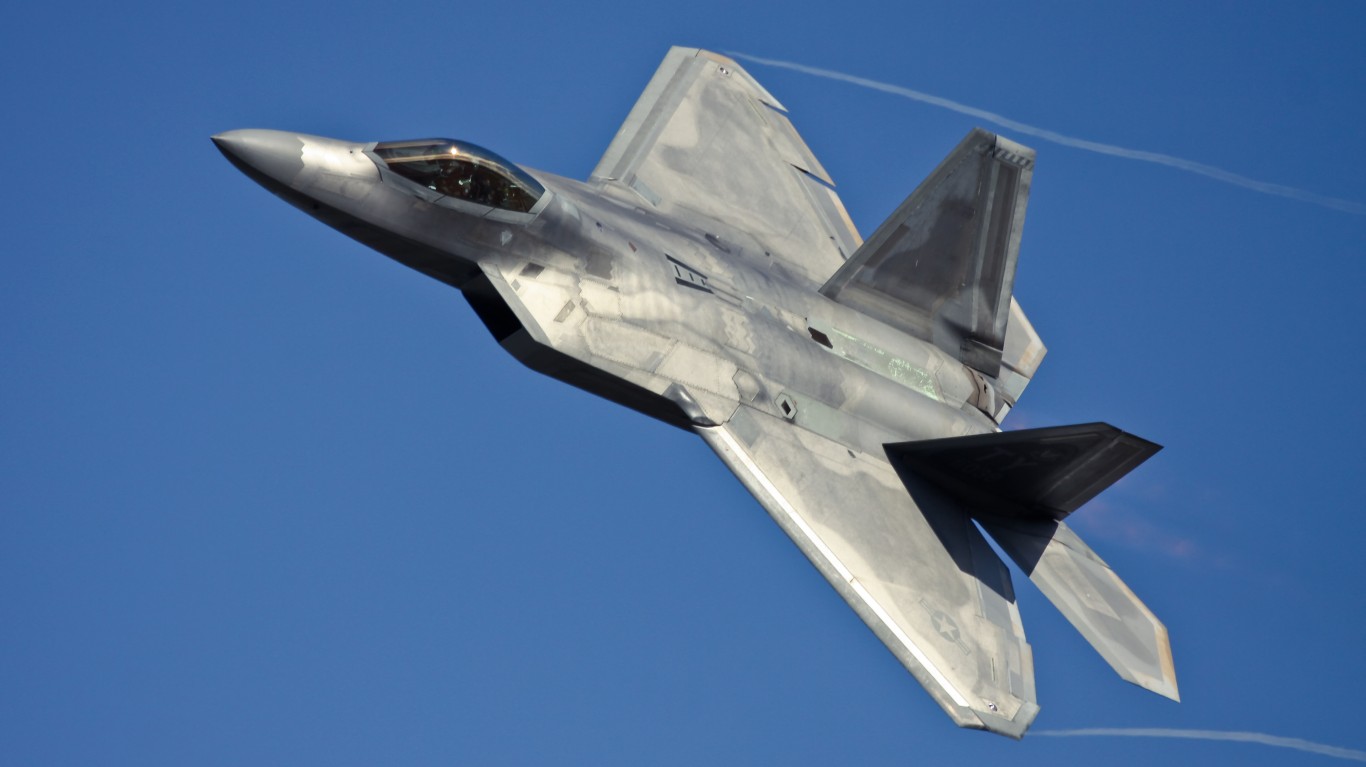
Governments across the world invest heavily in their militaries in order to ensure their nation’s security. Defense spending creates job opportunities across a range of industries, and military wages are used to buy products that drive economic development in communities. Some of the supersonic warplanes on this list were developed by military contracts with multi-billion dollar companies such as Lockheed Martin, Northrop Grumman, Boeing, BAE Systems, and General Dynamics.
Scroll below to see the fastest supersonic military jet on Earth:
16. Sukhoi Su-57
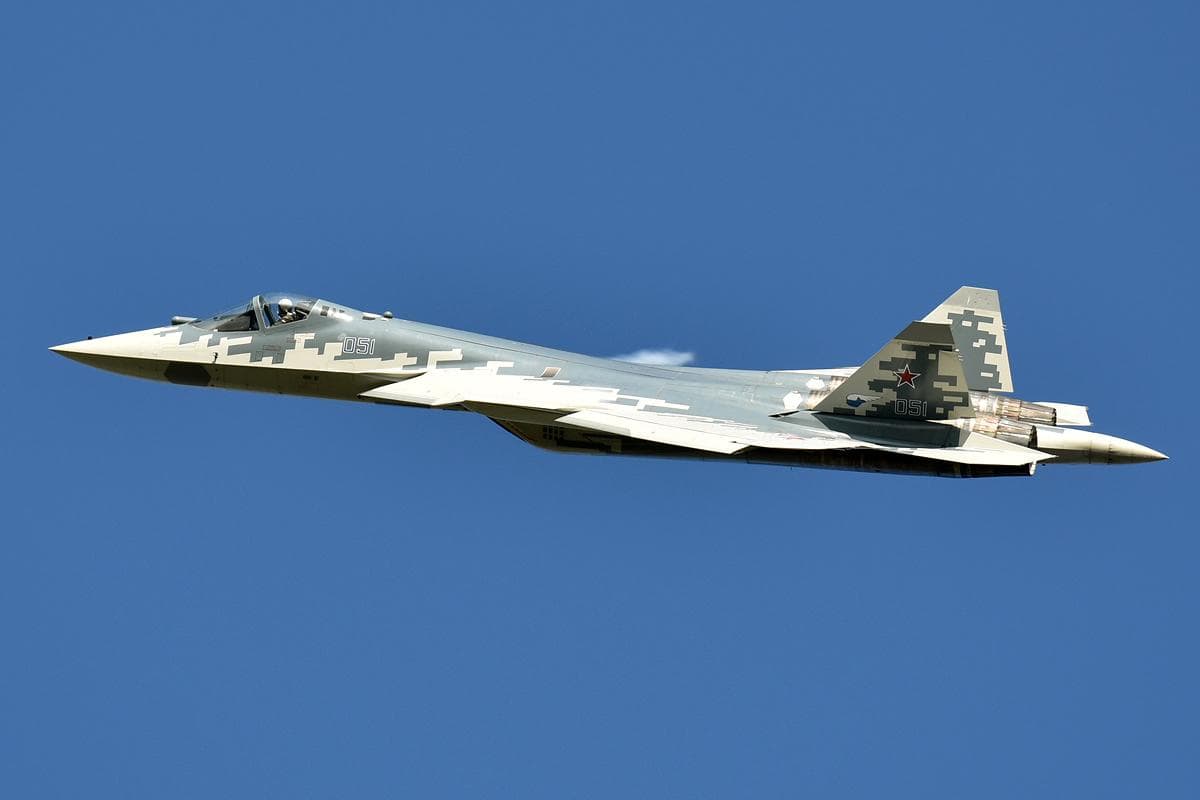
The Sukhoi Su-57 costs $42 million to produce and is used by the Russian military. It can go as fast as 1,320 mph.
15. Eurofighter Typhoon
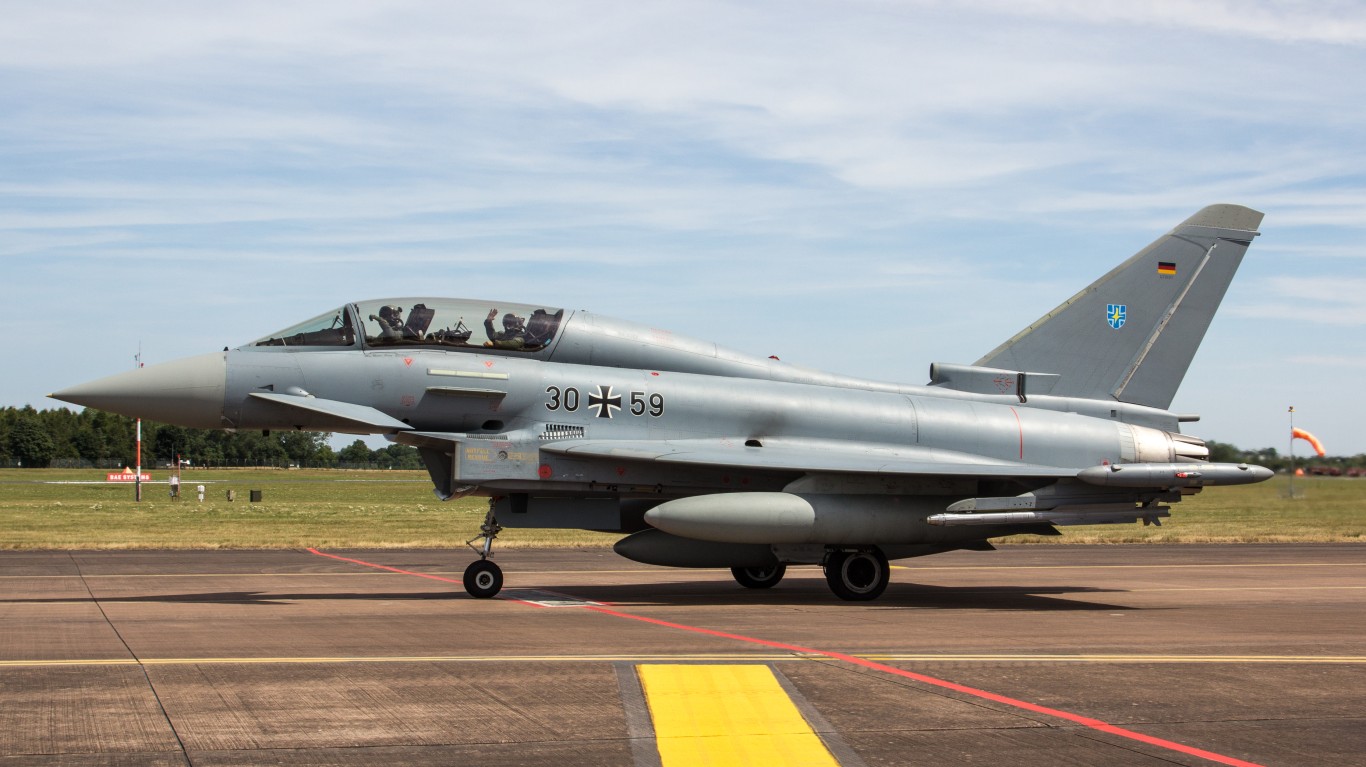
The Eurofighter Typhoon costs $105 million to produce and is used by many different militaries. It can go as fast as 1,320 mph.
14. F-22 Raptor
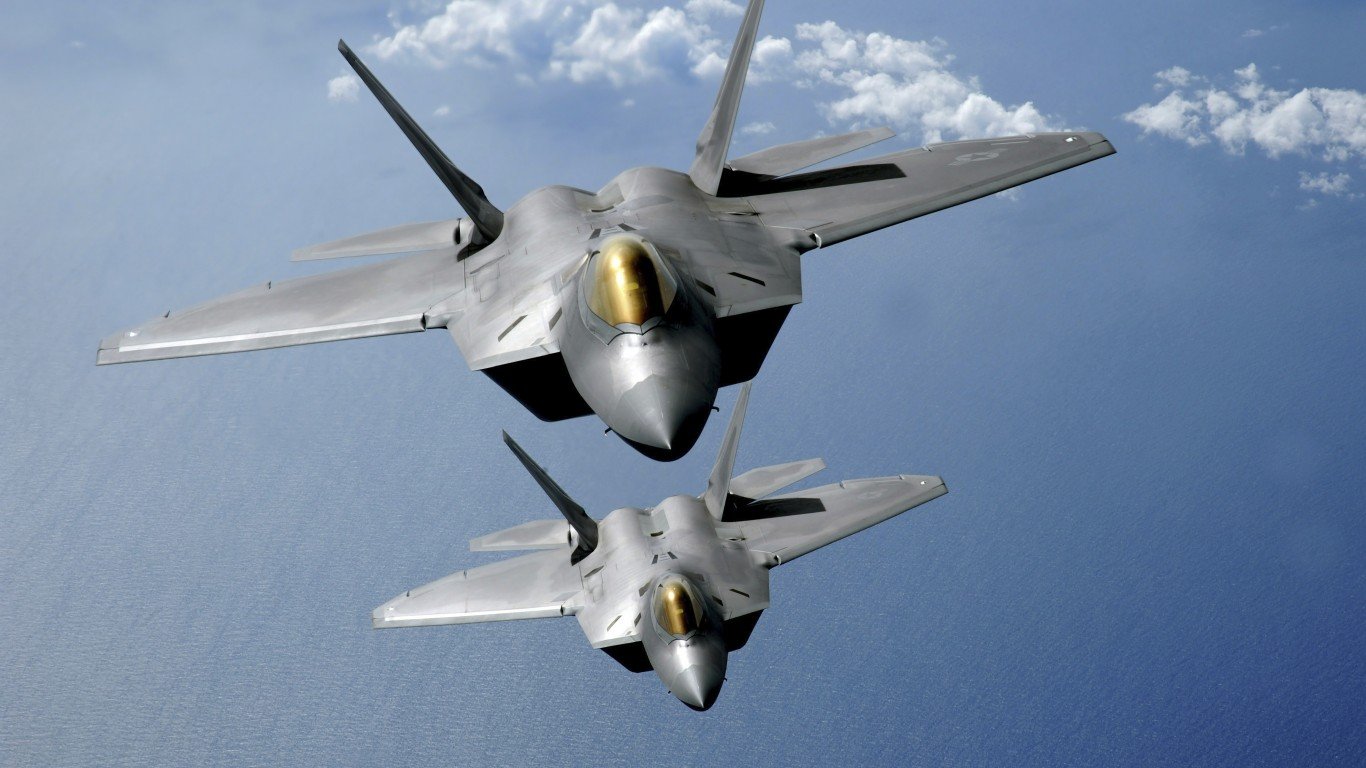
The F-22 Raptor costs $150 million to produce and is used by the United States military. It can go as fast as 1,355 mph.
13. Dassault Mirage 2000

The Dassault Mirage 2000 costs $31 million to produce and is used by the French military. It can go as fast as 1,400 mph.
12. Chengdu J-10
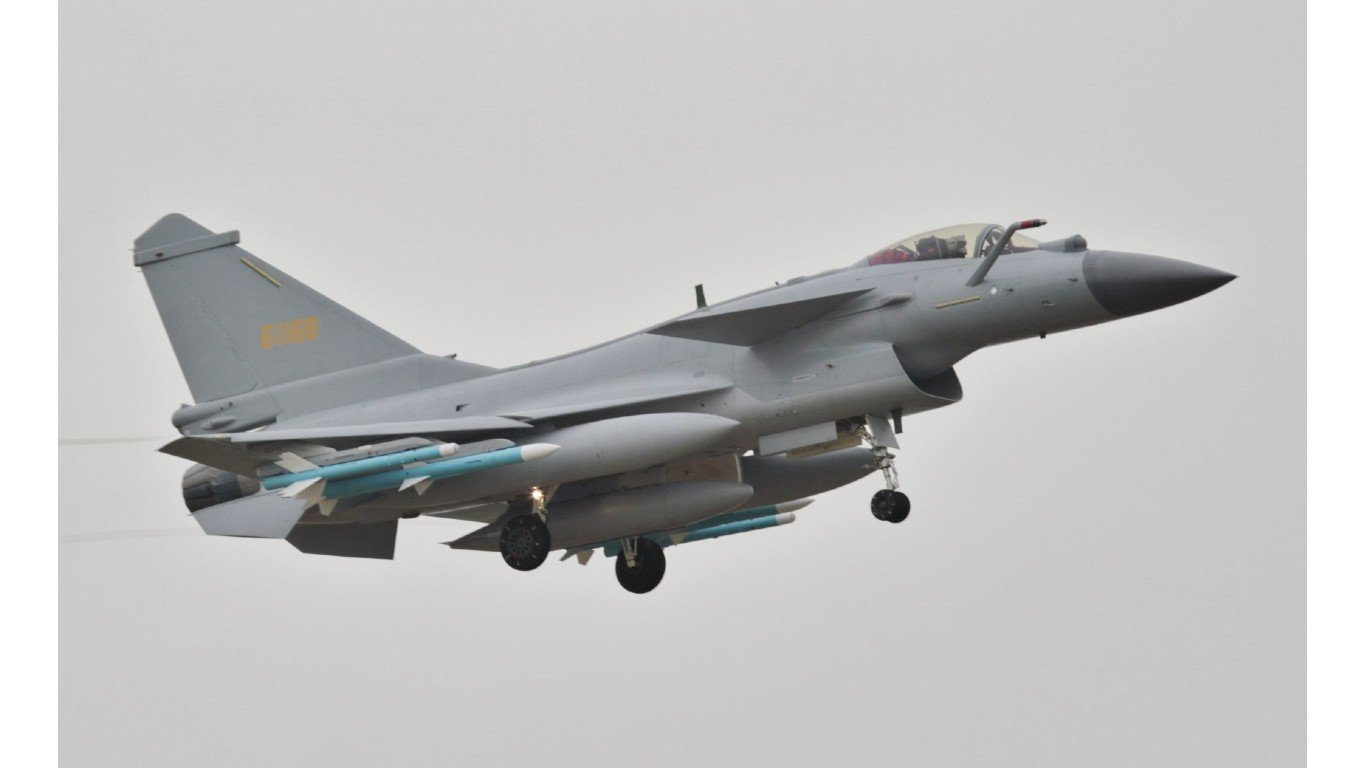
The Chengdu J-10 costs $28 million to produce and is used by the Chinese military. It can go as fast as 1,445 mph.
11. MiG-29 Fulcrum
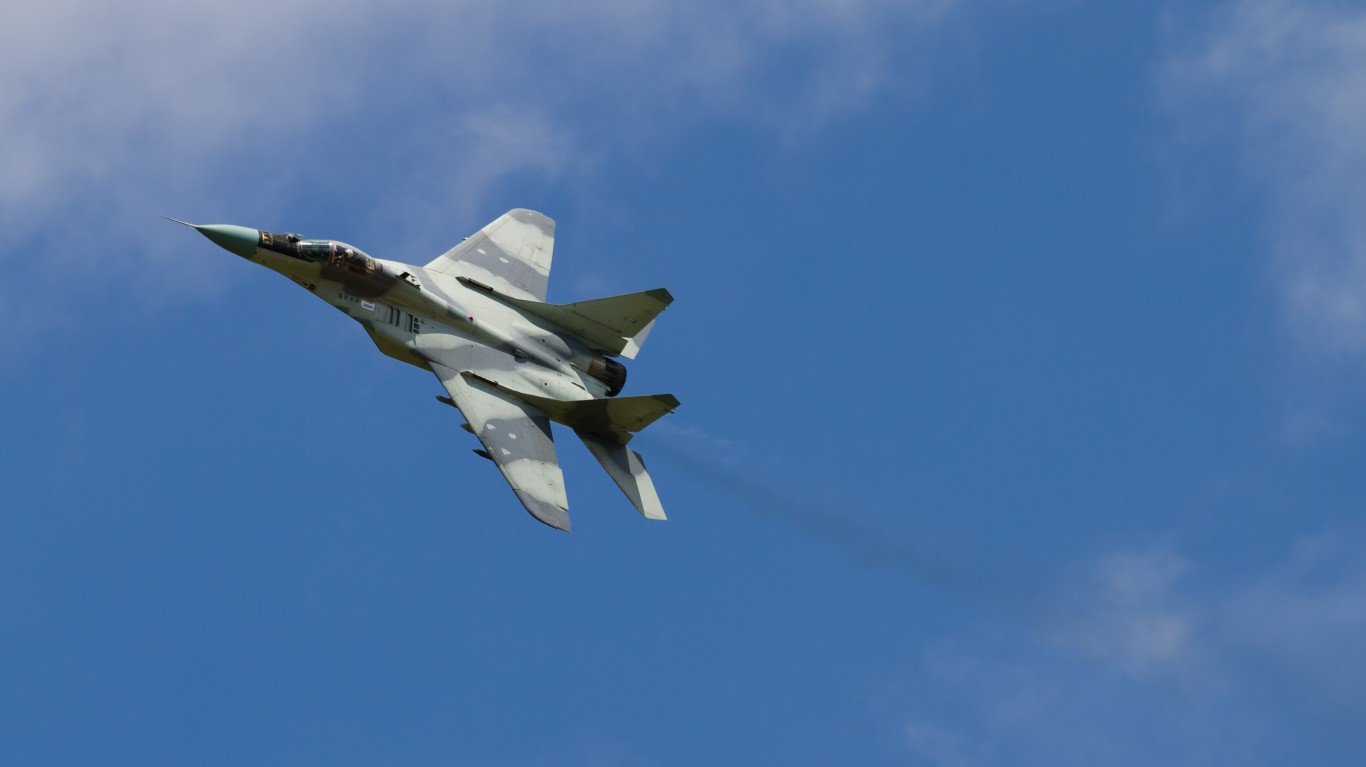
The MiG-29 Fulcrum costs $22 million to produce and is used by the Russian military. It can go as fast as 1,520 mph.
10. Su-27 Flanker
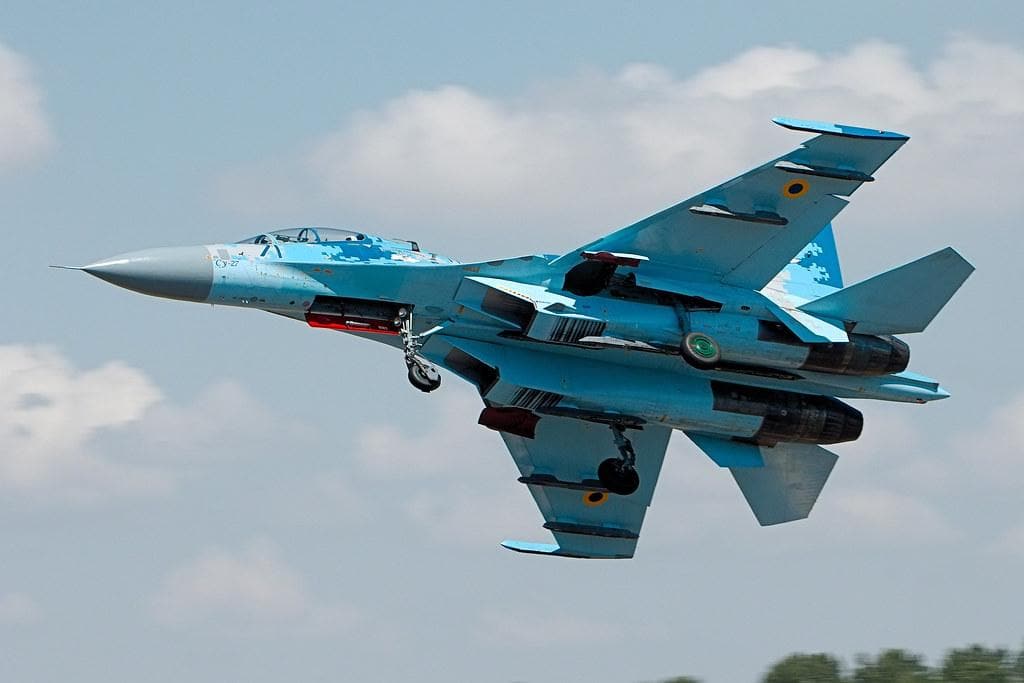
The Su-27 Flanker costs $41 million to produce and is used by the Russian military. It can go as fast as 1,553 mph.
9. F-111 Aardvark
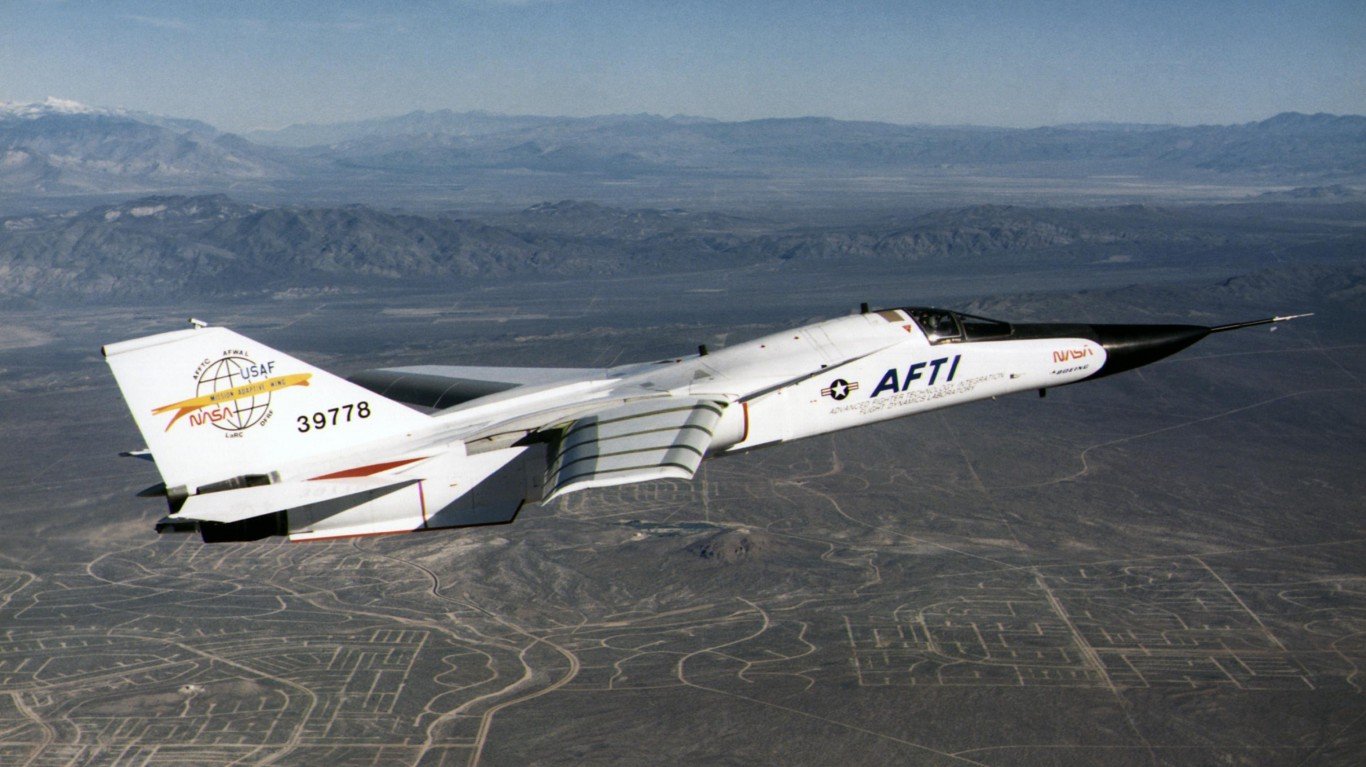
The F-111 Aardvark costs $10 million to produce and is used by the United States military. It can go as fast as 1,650 mph.
8. F-15 Eagle
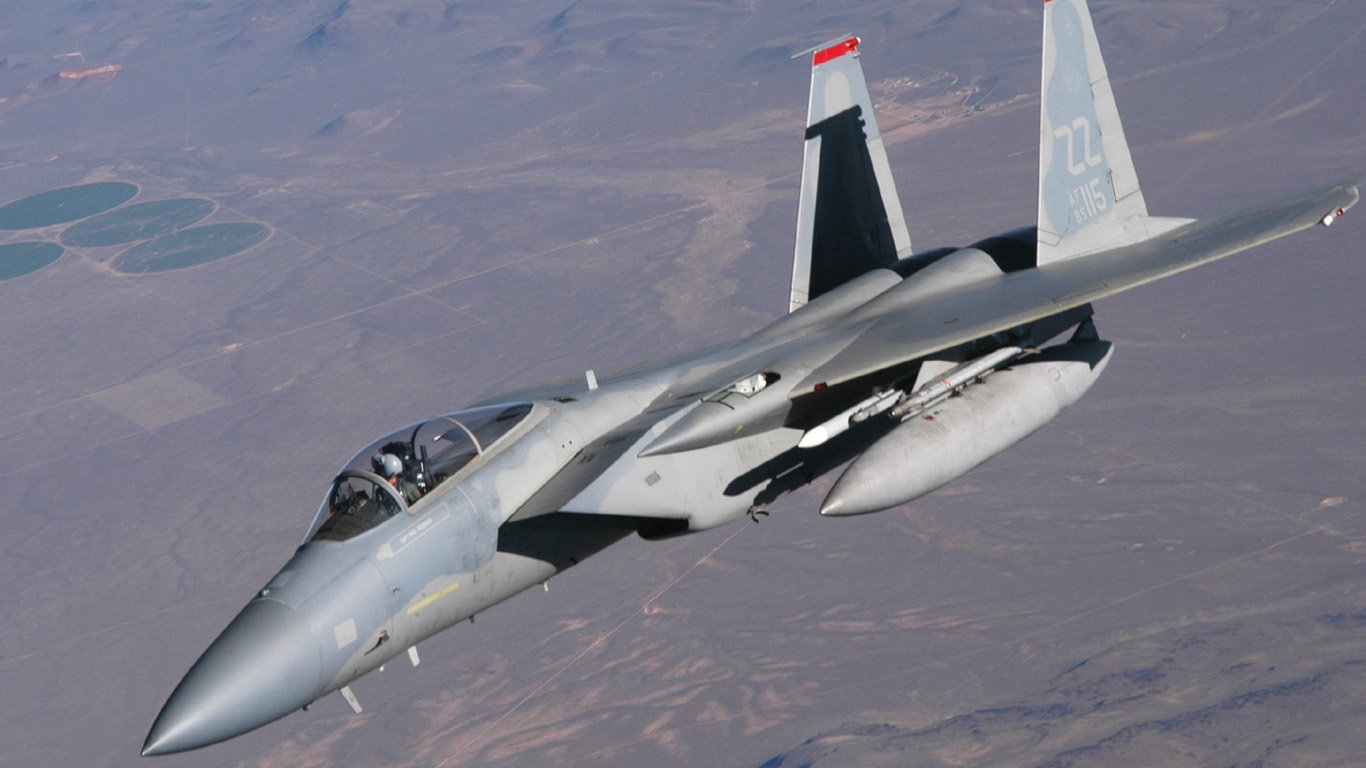
The F-15 Eagle costs $30 million to produce and is used by the United States military. It can go as fast as 1,650 mph.
7. MiG-31 Foxhound
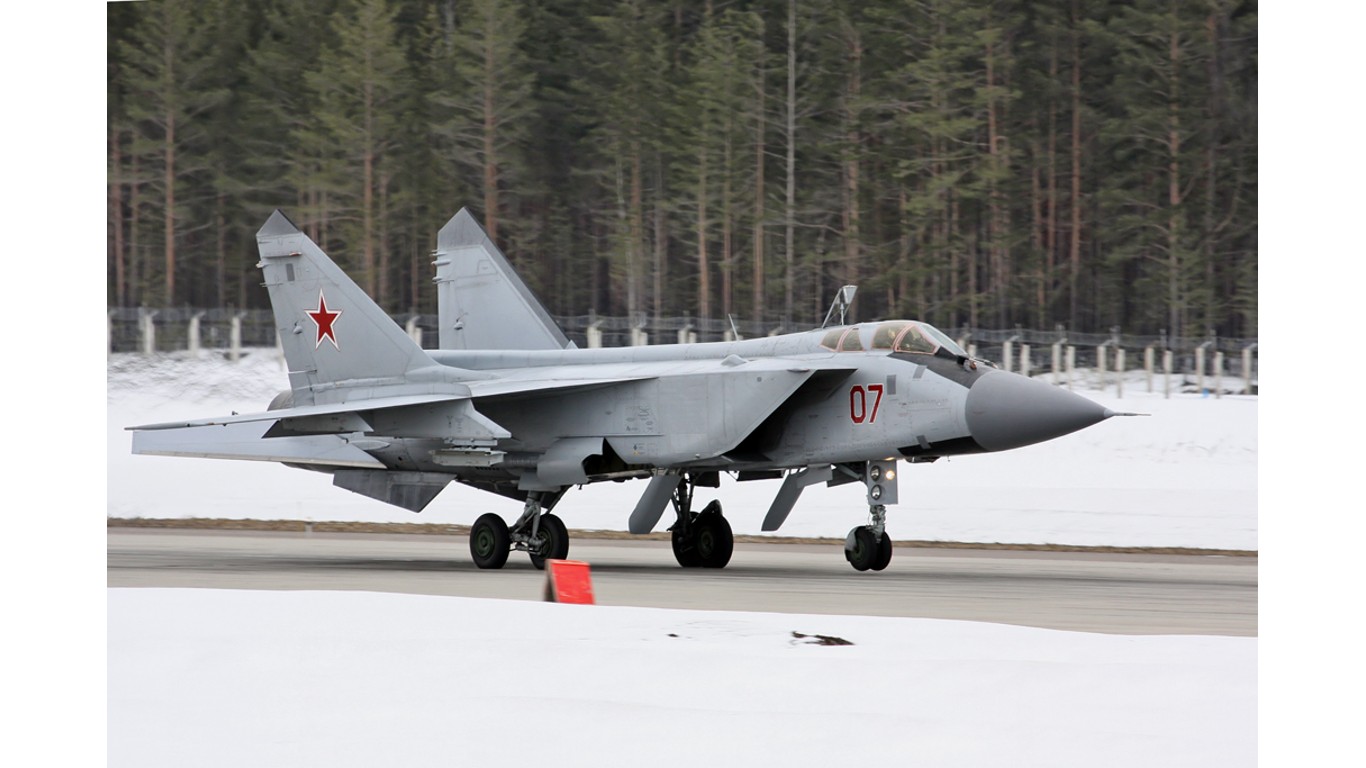
The MiG-31 Foxhound costs $33 million to produce and is used by the Russian military. It can go as fast as 1,864 mph.
6. XB-70 Valkyrie
The XB-70 Valkyrie costs $750 million to produce and is used by the United States military. It can go as fast as 2,056 mph.
5. Bell X-2 Starbuster
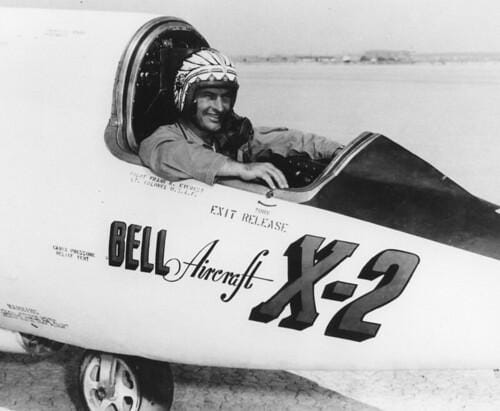
The Bell X-2 Starbuster is used by the United States military. It can go as fast as 2,094 mph.
4. MiG-25 Foxbat
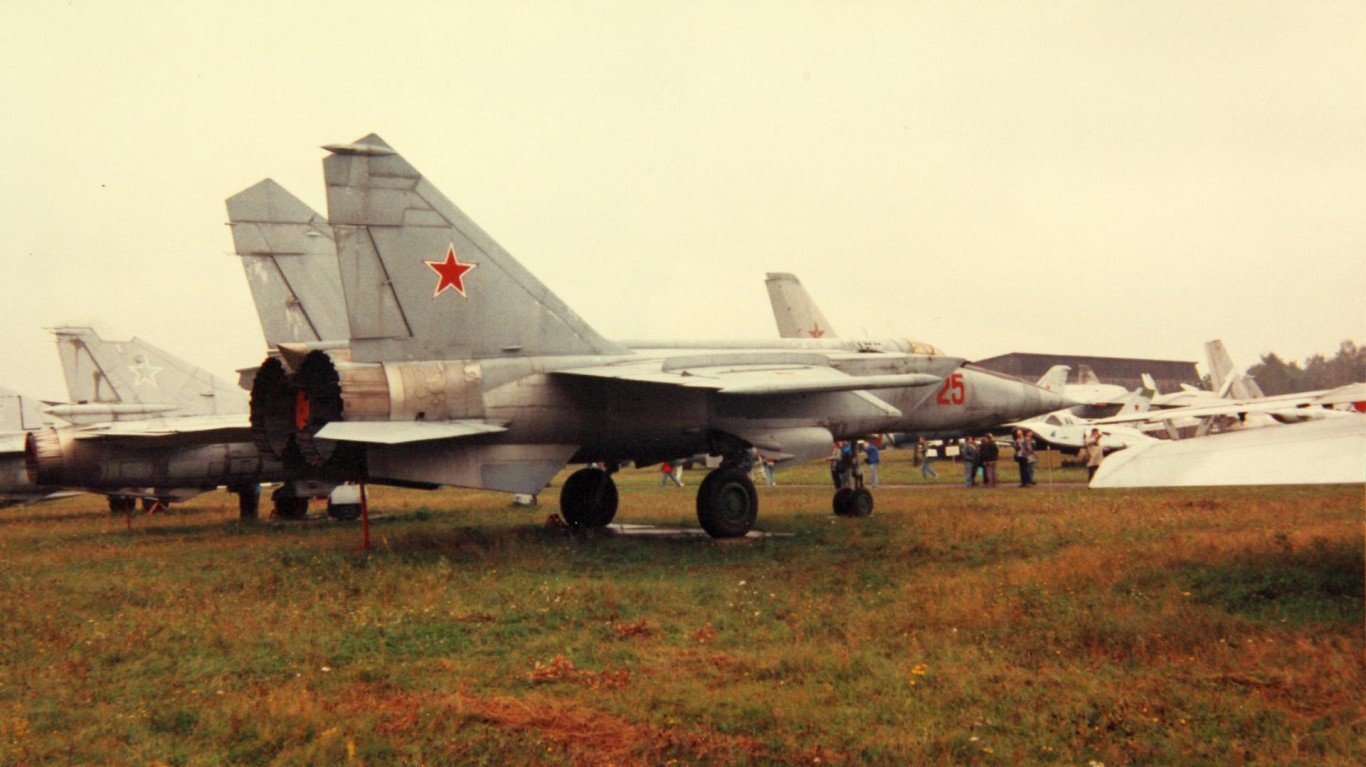
The MiG-25 Foxbat costs $60 million to produce and is used by the Russian military. It can go as fast as 2,190 mph.
3. Lockheed YF-12
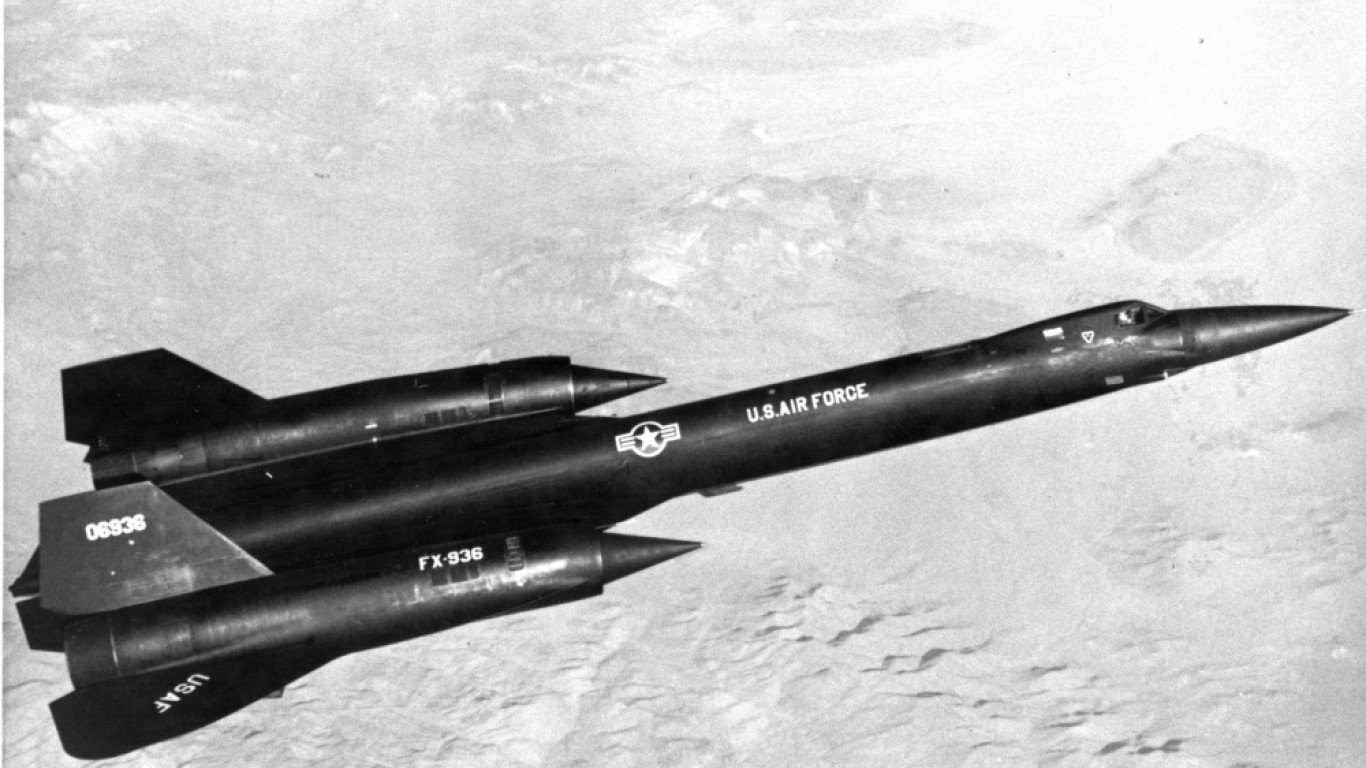
The Lockheed YF-12 costs $18 million to produce and is used by the United States military. It can go as fast as 2,275 mph mph.
2. SR-71 Blackbird
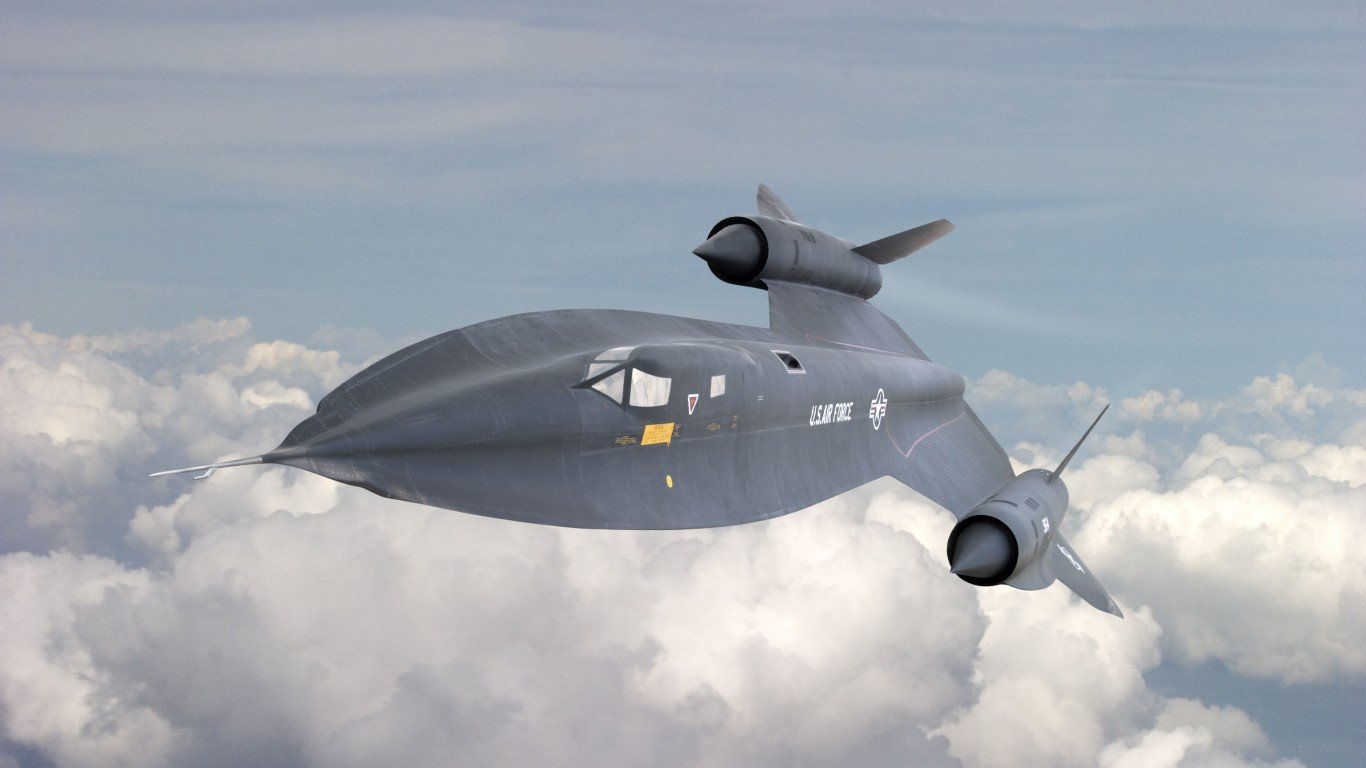
The SR-71 Blackbird costs $31 million to produce and is used by the United States military. It can go as fast as 2,500 mph+.
1. NASA/USAF X-15
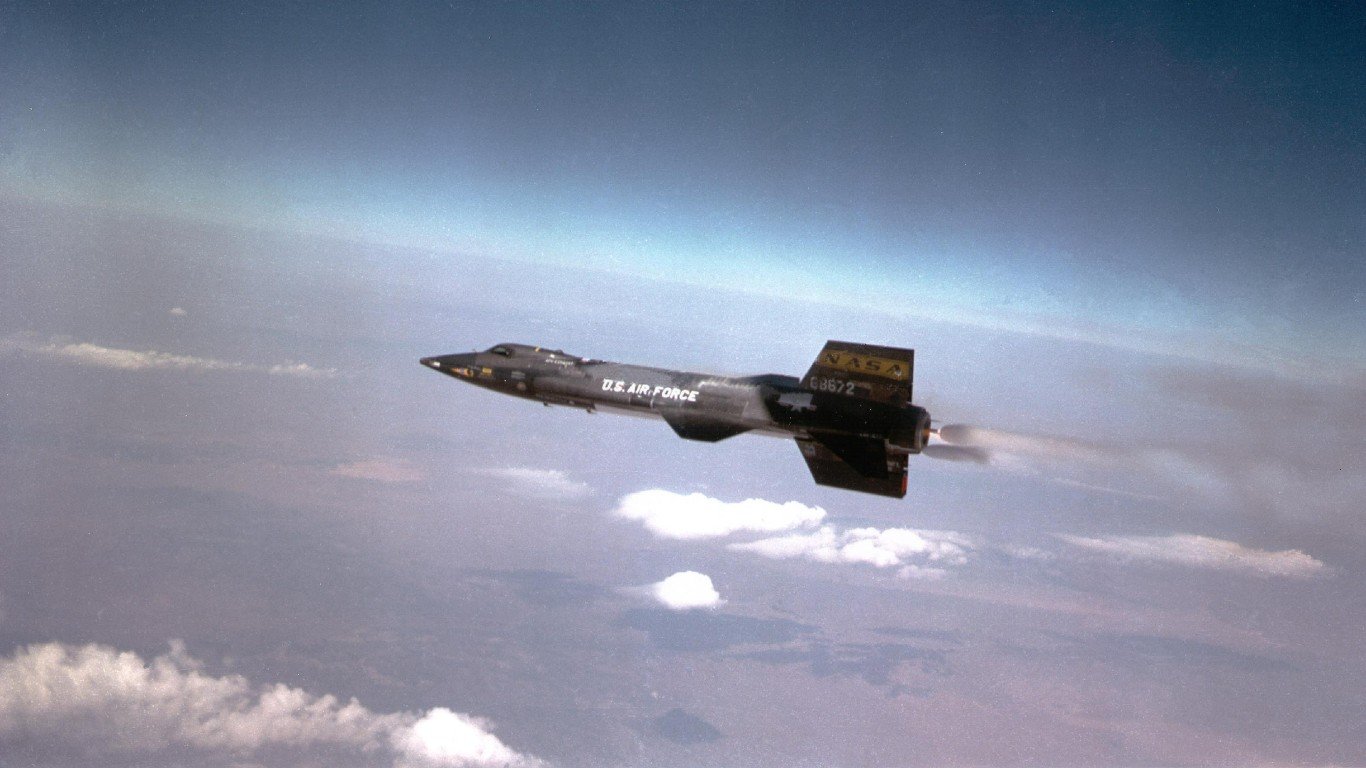
The NASA/USAF X-15 is used by the United States military. It can go as fast as 4,520 mph.
Sponsored: Want to Retire Early? Start Here
Want retirement to come a few years earlier than you’d planned? Orare you ready to retire now, but want an extra set of eyes on your finances?
Now you can speak with up to 3 financial experts in your area for FREE. By simply clicking here you can begin to match with financial professionals who can help you build your plan to retire early. And the best part? The first conversation with them is free.
Click here to match with up to 3 financial pros who would be excited to help you make financial decisions.
Thank you for reading! Have some feedback for us?
Contact the 24/7 Wall St. editorial team.
